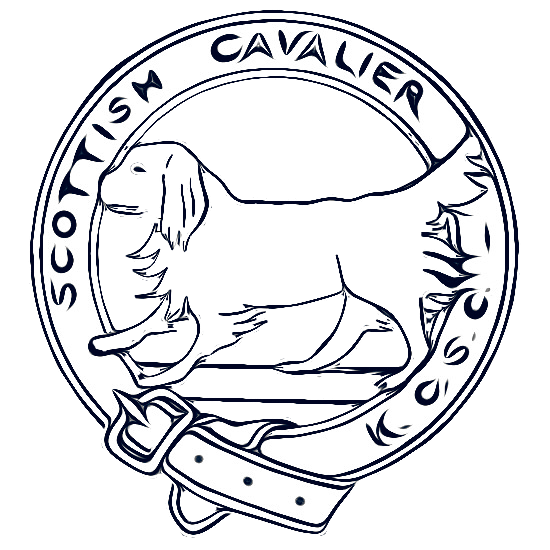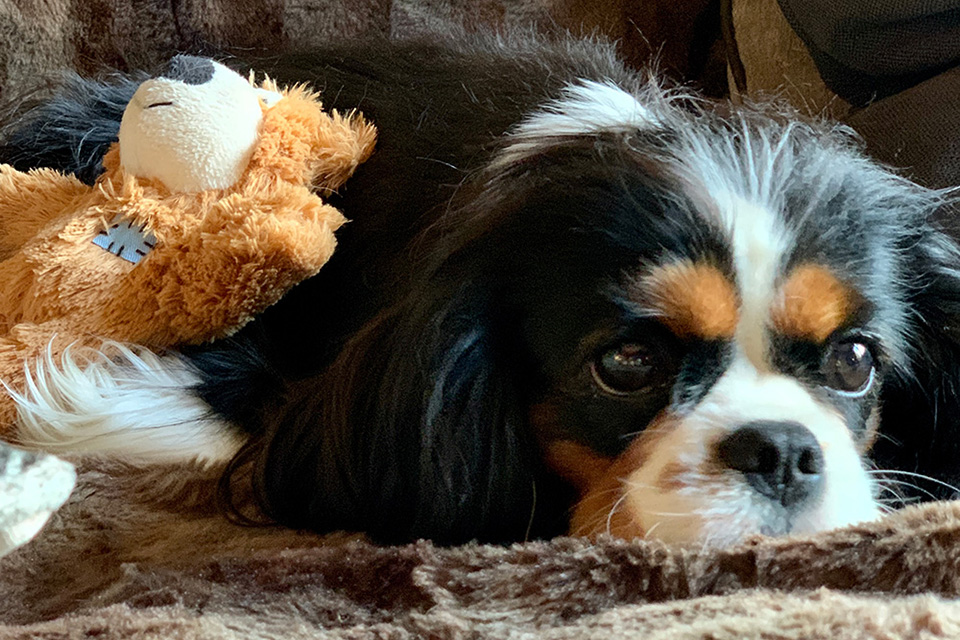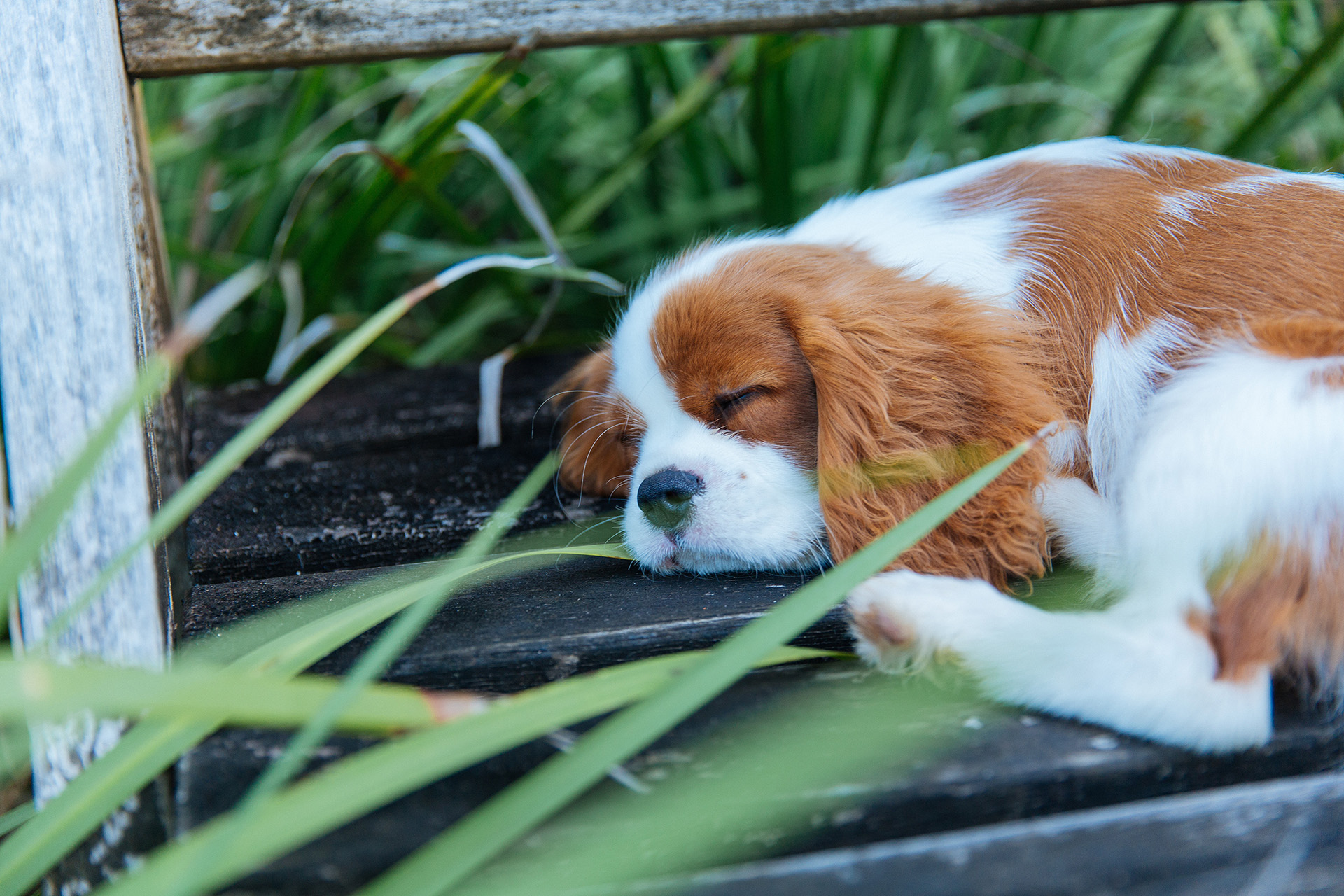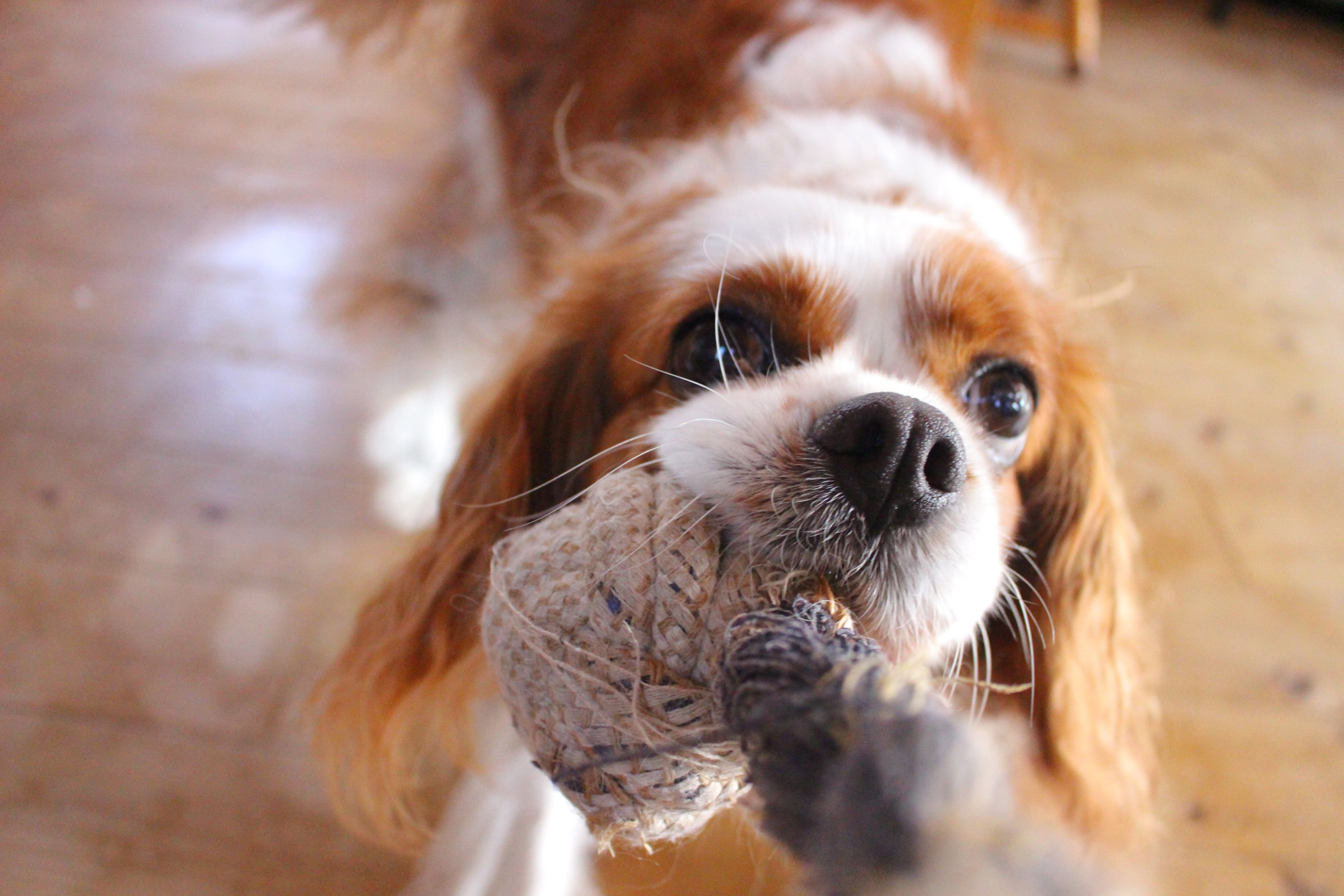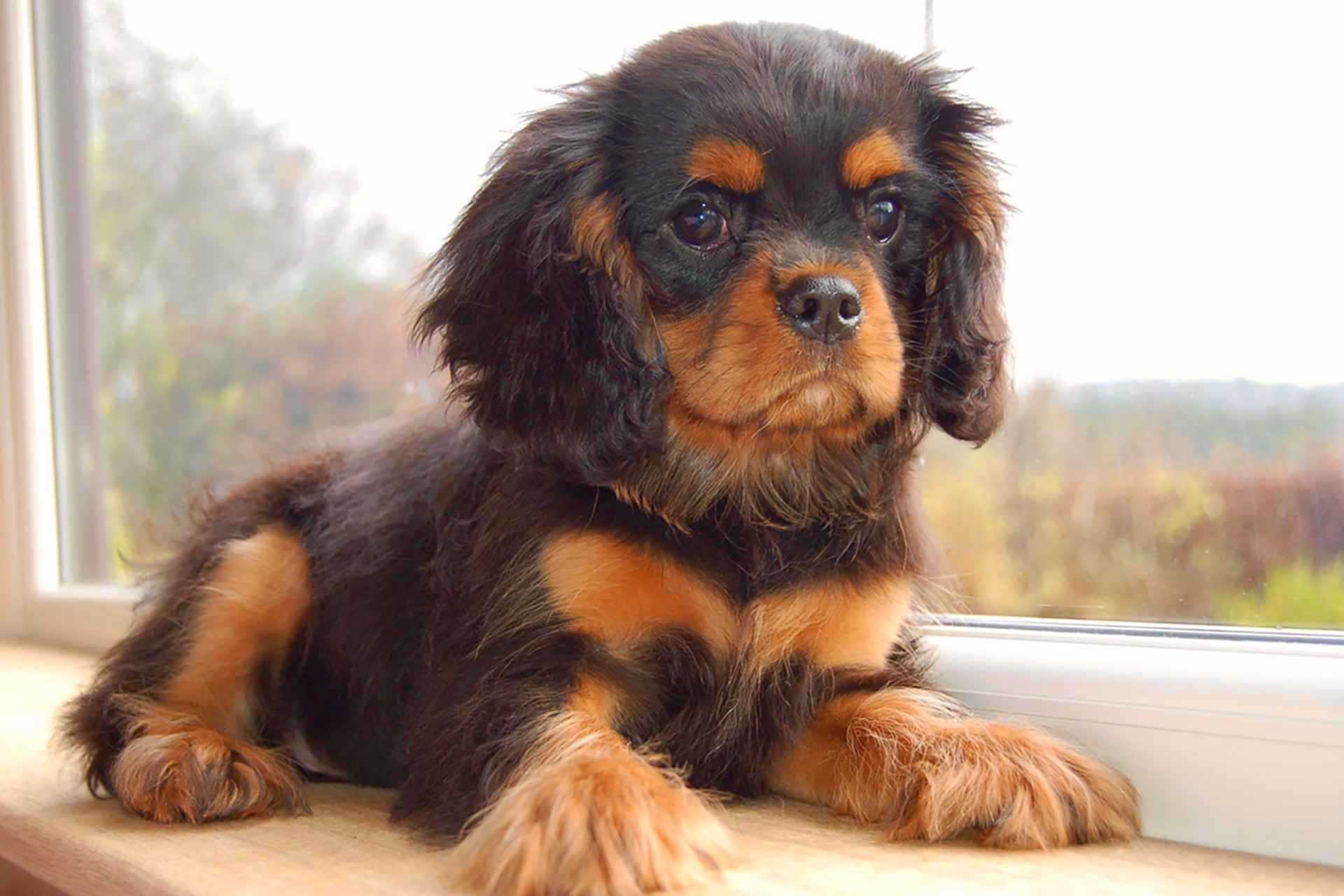Cavaliers are playful affectionate sociable fearless gentle patient and adaptable little dogs.
Origins of the Cavalier Breed
The origins of the Cavalier King Charles Spaniel are deeply rooted in history, harking back to the times of European royalty. This breed's lineage can be traced to small toy spaniels that were popular among nobility in 16th and 17th century England. These charming canines were adored by King Charles II, who even allowed them into royal establishments, giving them their regal moniker.
The breed's association with aristocracy is evident in various paintings from that era, where they often appear as loyal companions to kings and queens. Despite their historical significance, the breed experienced changes over time, leading to the creation of the modern Cavalier King Charles Spaniel.
In the 20th century, efforts were made to distinguish this breed from its close relative, the Pekingese, resulting in its distinctive appearance and characteristics.
Today, the Cavalier King Charles Spaniel stands as a beloved companion dog, embodying a rich legacy of elegance, loyalty, and a connection to royal history.
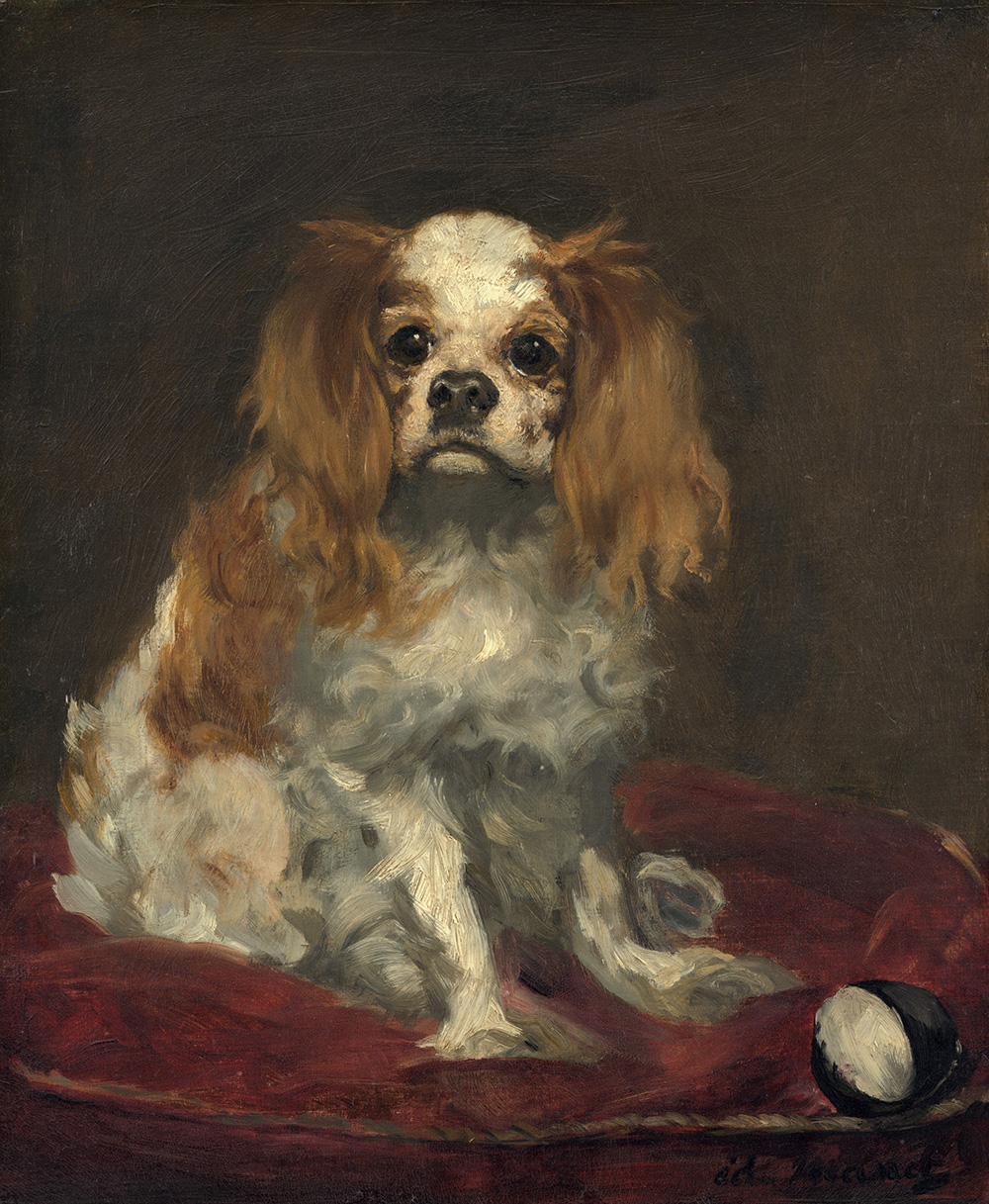
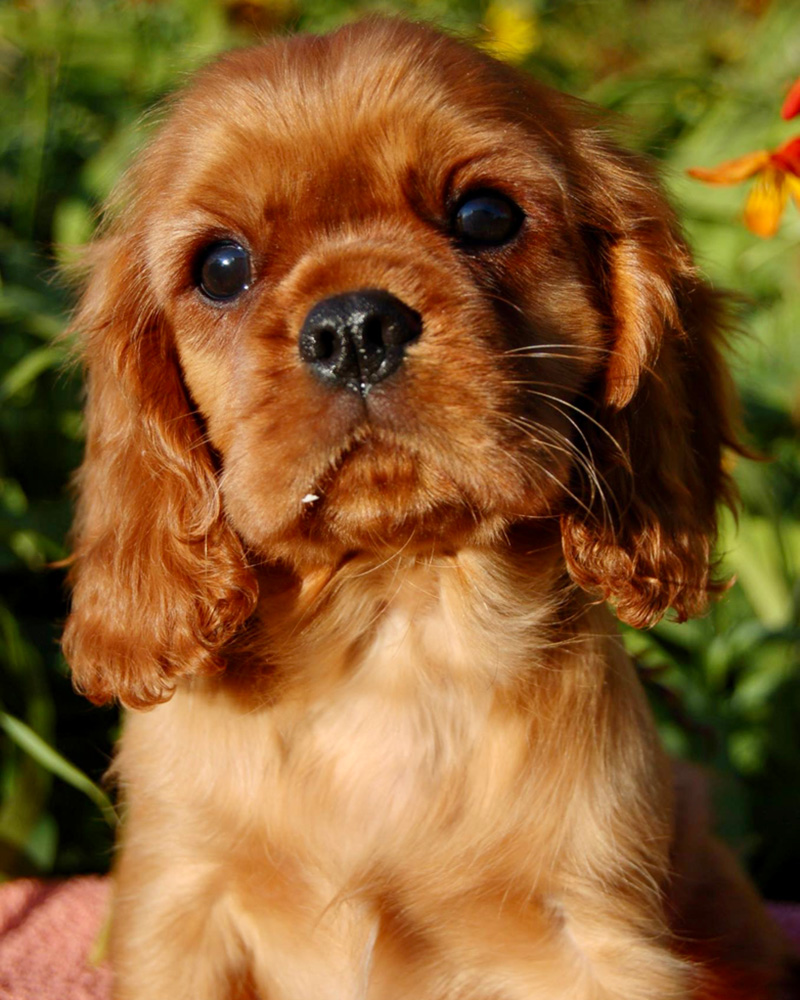
As dog showing emerged as a competitive sport, a transformation occurred within the toy spaniel line. The pursuit of specific aesthetic traits led to the breeding of dogs with flat faces and high-domed skulls, a departure from the original toy spaniels' longer noses. The once-distinct "King Charles" type, known for its regal bearing, began to evolve into a new form.
However, the legacy of the original toy spaniels endured thanks to a pivotal moment at Cruft's in 1926. Rosewell Eldridge, offering prized awards, inspired a dedicated group led by Mrs. Pitt to embark on a deliberate journey of selective breeding. Their goal was to resurrect the nearly forgotten breed that encompassed the longer-nosed and flatter-skulled characteristics reminiscent of the past.
While these dogs shared a connection with the familiar "King Charles," a need arose to distinguish this revived lineage. The name "Cavalier" was adopted, encapsulating the breed's heritage and the resurgence of its unique traits. Swiftly gaining popularity, they achieved separate registration in 1945, marking a significant milestone in their resurgence. The inaugural show followed in 1946, a testament to the breed's renewed presence.
Beyond the show ring, Cavaliers have demonstrated their versatility in various domains. They excel in Obedience, Agility, Fly Ball, and even serve as Therapy dogs, offering comfort and even saving lives.
In recent years, heightened awareness of health concerns prompted a shift towards a more conscientious approach to breeding. The Scottish Cavalier King Charles Spaniel Club now organizes heart and eye clinics, collaborating with specialist vets to uphold rigorous standards. Additionally, the use of MRI scanning has become integral in screening for neurological conditions like Syringomyelia (SM) and Chiari Malformation (CM).
FInd out more information in our health section.Cavaliers Nature
Known by many as the Royal Spaniel, the Comforter, or the Spaniel Gentle, the Cavalier King Charles Spaniel is arguably the most noble of all toy dogs with soft gentle eyes, quiet dignity, and their genuine love of all things great and small, their loving nature is second to none.
Typically the Cavalier is fearless and has a fun sporting nature, yet they are equally comfortable at home curled up on a couch next to their owner, where their true character of unconditional love comes to the fore.
The Cavaliers' affectionate nature allows for no malice and therefore children and Cavaliers make great friends, often forming life long bonds. Having said that all small children should always be supervised with pets of any kind.
The Cavalier is a dog of unflagging loyalty – though they will often have their favourites, normally whoever feeds them!
They love their food. They thrive as an integral part of family life - be that within an active family or providing affection for a sole companion the cavalier will gladly live as either "prince or pauper" alongside the individuals or people they love.
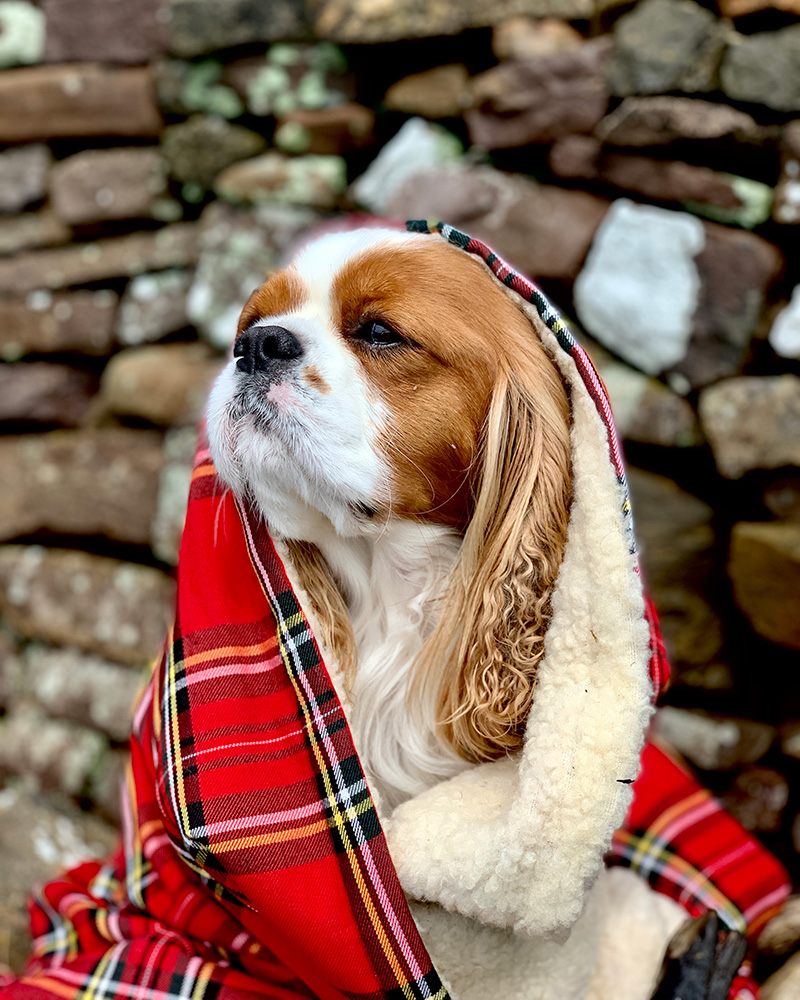
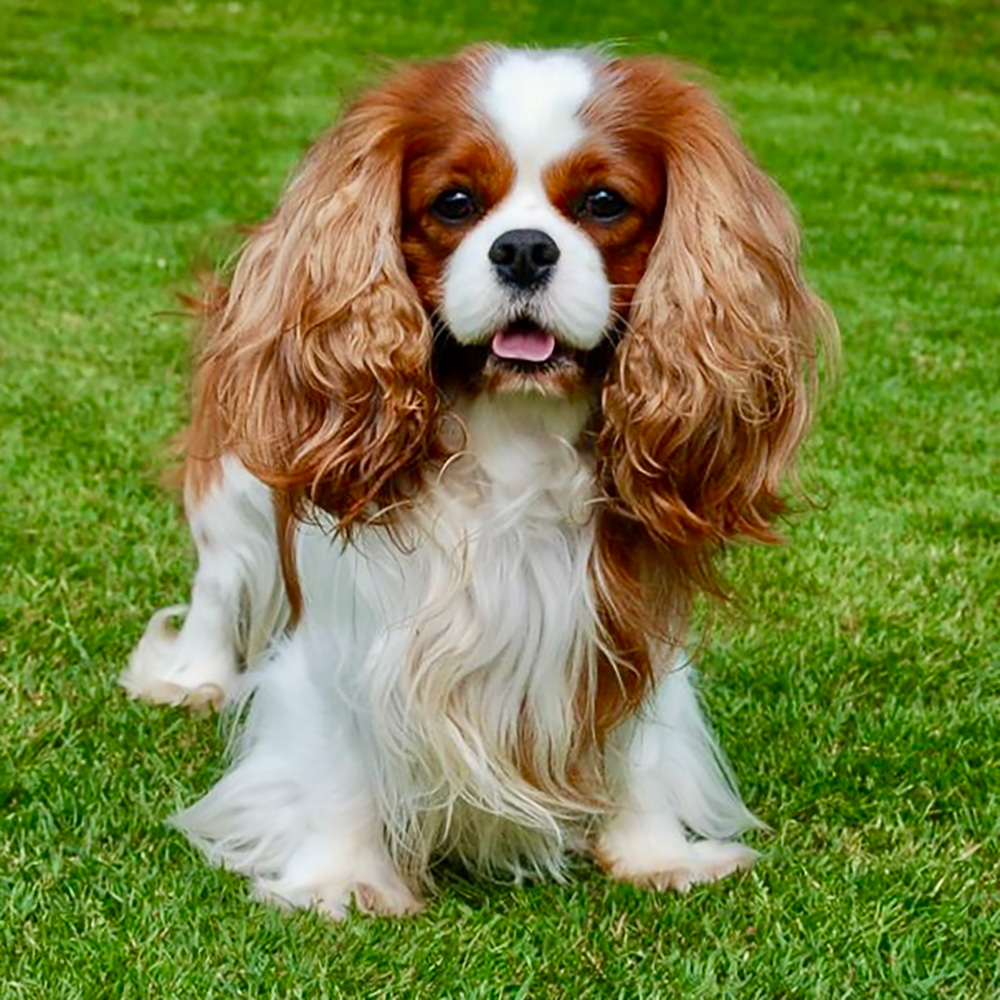
The Breed
The Cavalier is a compact small dog measuring between 12-13 inches at the shoulder weighing between 12-18 pounds (5.4 -8.1kg) weight is proportionate to height with a slight variation permissible also varies between male and female.
The coat is long, silky and free from curl, though a slight wave is permissible. Feathering on ears, legs and tail should be long and the feathering on the feet is a feature of the breed.
No trimming or artificial colouring of the dog is permitted; however, it is permissible and often desirable, to remove the hair growing between the pads on the underside of the foot. The Cavalier comes in four colour varieties: Blenheim, Black and Tan, Tri-Coloured and Ruby. Read on to find out more information about breed standards and breed colours.
